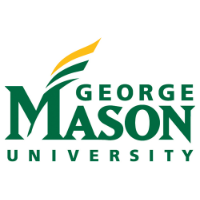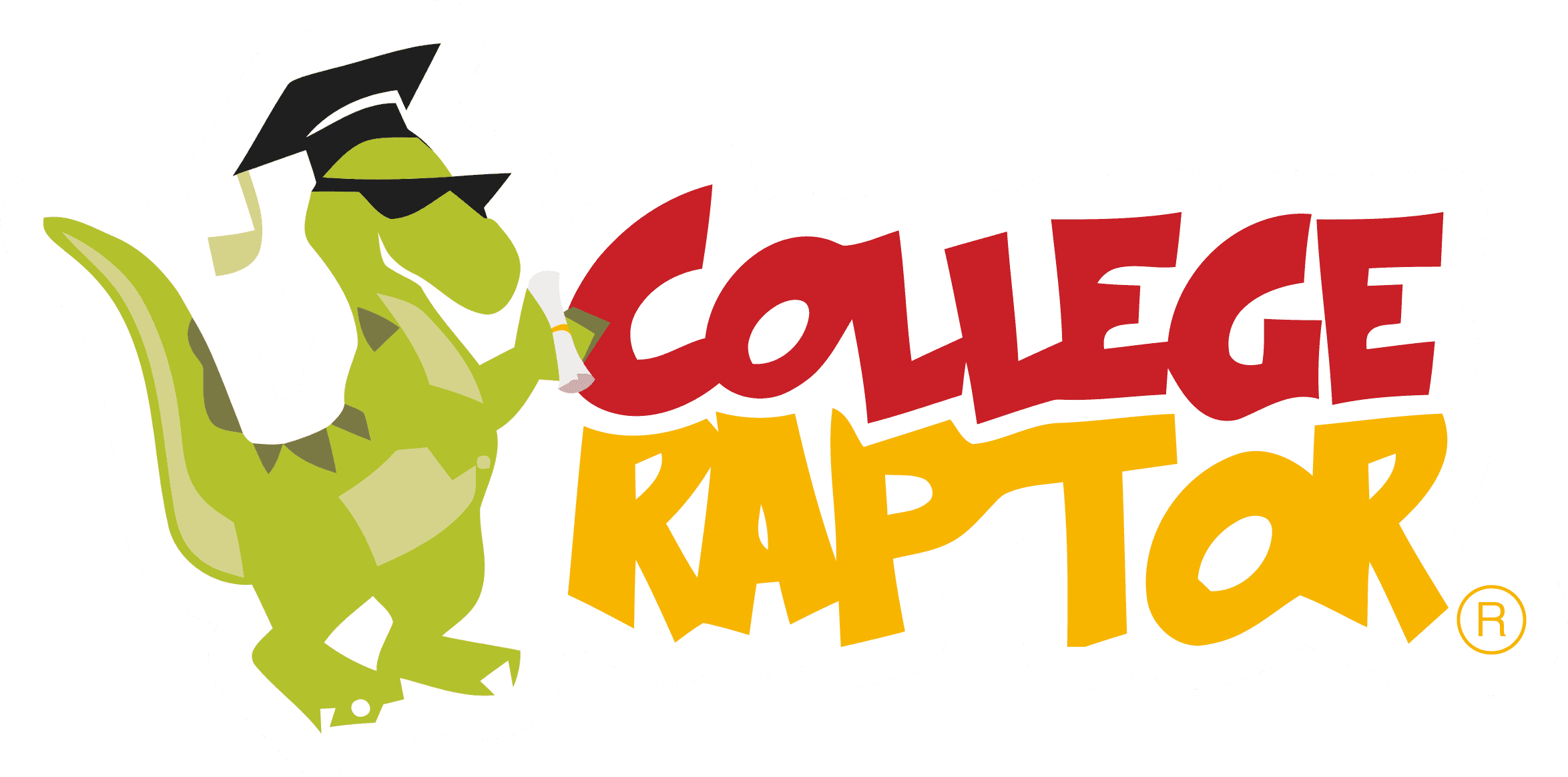
- Find Your College
- Scholarships
- Pay for College
-
Articles
- COLLEGES
- Most Recent
- Affordability & Cost
- College Search
- Comparisons
- College Majors & Minors
- Myths
- News & Trends
- Tips, Tools & Advice
- Admissions
- Most Recent
- ACT & SAT
- College Admissions
- College Applications
- Myths
- Online Colleges
- Questions & Answers
- About
- Home
- >
- Browse All Majors
- >
- Communication, Journalism, And Related Programs
- >
- Public Relations, Advertising, and Applied Communication
- >
- Health Communication
Health Communication
Select Type of Degree:
Select State:
|
#1

George Mason University
|
|||||||||||
|
#2

Ohio University-Main Campus
|
|||||||||||
|
#3

Indiana University Indianapolis
|
|||||||||||
|
*The estimated net prices above are College Raptor’s estimate. Please contact the college financial aid office for actual net cost figures.
|
|||||||||||
| Institution | Scaled Score | Acceptance Rate | Annual Degrees Awarded | SAT Score | Est. Net Price * | Median Starting Salary | Save | |
|---|---|---|---|---|---|---|---|---|
 George Mason University Fairfax, VA Annually, George Mason University awards around 398 degrees to those studying...view more | 100 | 89% | 8 | 1,150 – 1,350 | $18,900 | $51,806 | ||
 Ohio University-Main Campus Athens, OH Each year, Ohio University-Main Campus grants around 1714 degrees to students...view more | 97 | 85% | 3 | 1,110 – 1,310 | $20,550 | $54,953 | ||
 Indiana University Indianapolis Indianapolis, IN Annually, Indiana University Indianapolis awards around 564 degrees to...view more | 90 | 82% | 2 | 1,050 – 1,240 | $11,592 | $53,401 |
*The estimated net prices above are College Raptor’s estimate. Please contact the college financial aid office for actual net cost figures.
About Health Communication
A program that focuses on how people, individually and collectively, understand and accommodate to health and illness and the role of communication and media in shaping professional health care messages and public acceptance of these messages. Includes instruction in the development and use of health-related and care-related messages and media; the goals and strategies of health care promotion; relationships, roles, situations, and social structures in the context of health maintenance and promotion; and applications to disease prevention, health advocacy, and communications concerning treatments.
While Health Communication has degrees up to the Post masters certificate, the majority of students study towards a Masters degree. Students study Health Communication all over the country, though the major at the Doctors degree research scholarship level sees the most graduates in Virginia. The average starting salary for an undergraduate degree in Health Communication is $41,400.
Careers
The highest paying job for Health Communication majors is Communications Teachers, Postsecondary. But, something else to think about is how many job openings there currently is. A career that is in high need that a degree in Health Communication can prepare you for is Communications Teachers, Postsecondary.
Top Paying Careers
These are the highest paying careers for Health Communication majors.
| Career | Median Salary | Average Annual Job Openings | Employment 2022 | Employment 2032 | % Change | |
|---|---|---|---|---|---|---|
| Communications Teachers, Postsecondary | $79,910 | 1,321 | 15,859 | 16,425 | 4% |
Most In-Demand Careers
These are the careers in highest demand for Health Communication majors.
Student Demographics




Subscribe to Our Newsletter
Join thousands of students and parents learning about finding the right college, admissions secrets, scholarships, financial aid, and more.

College Raptor, Raptor, InsightFA, FinanceFirst, and “The Right College. The Best Price.” are registered trademarks of College Raptor, Inc.


